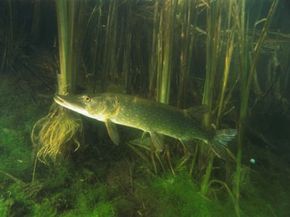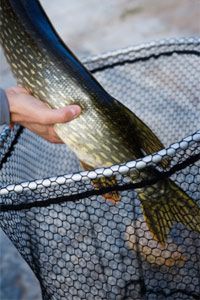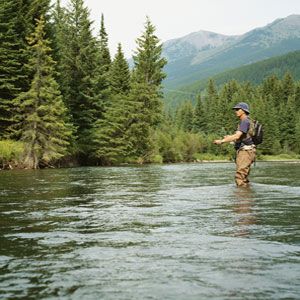What unites the United States and the former Soviet Union? What do Ireland and England have in common? What brought European nations together before the Euro?
Give up? It's the northern pike, which swims through chilly waters around the world. And everywhere it goes, it leaves fanatical anglers in its wake.
Advertisement
Pike appear in all but a handful of states in the U.S. and throughout northern Europe and Asia. You can find them in diverse bodies of water -- from small lakes to rivers to the low-salinity waters of the Baltic Sea. And the diversity of habitats translates into a diversity of fishing methods. You can catch pike by trolling, still fishing, fly fishing, casting -- even ice fishing.
Pike make for enjoyable fishing because they're ferocious predators; they'll attack just about anything. And they'll attack fast. Pike have been observed striking at around 30 yards (27.4 meters) per second -- which works out to roughly 60 mph (96.5 kph). Imagine your pole being attacked by a car traveling at highway speed, and you'll have some idea of why people like fishing for pike. You can also understand why you need a heavy-duty rod with strong line and a wire trace.
Pike have flat snouts with razor-sharp teeth, which point backward, the better to grab and hold large prey. Though they feed mainly by sight, they have well-developed senses of smell, and like sharks they can follow a scent trail through the water. They're even shaped like weapons (the name "pike" comes from the fish's resemblance to a spear). These fish are hunting machines.
In this article, we'll take a look at the best seasonal locations to find pike, as well as the local water and weather conditions you should be aware of. We'll start with springtime, when pike all over the world heed nature's call and spawn. Read on.
Advertisement


